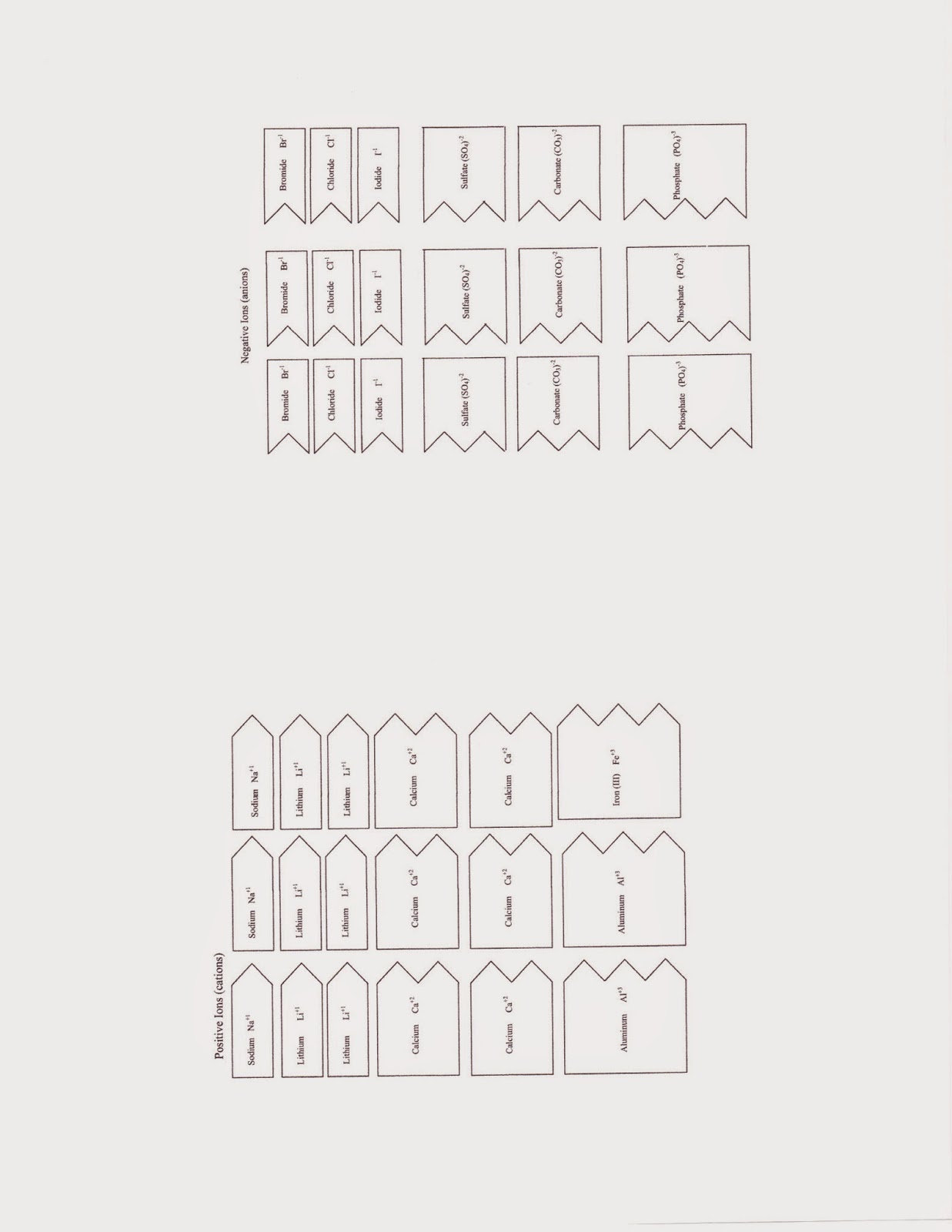ESSENTIAL QUESTION: How do molecules interact to form covalent bonds?
NGSSS: SC.912.P.8.6; SC.912.P.8.7
BENCHMARK(S):
-Distinguish between bonding forces holding compounds together and other attractive forces, including hydrogen bonding and van der Waals forces.
-Interpret formula representations of molecules and compounds in terms of composition and structure.
LEARNING OBJECTIVES: Students will be able to:
-distinguish between bonding forces holding compounds together and other attractive forces, including hydrogen bonding and an der Waals forces.
BELL RINGER: Answer the questions on the handout. You will then enter your answers using the clicker CPS System. I apologize for not including the questions here. My computer is on the fritz and I cannot scan documents on this computer. Once my computer is fixed, I will go back and add any missing pages.
VOCABULARY: valence electron electron dot structure, octet rule, halide ion, ionic bond, ionic compound, chemical formula, formula unit, coordination number, metallic bond, alloy
HOME LEARNING: study for the mid-year exam.
INFORMATION PRESENTED IN CLASS:
Students reviewed information with the clickers and participated in the discussion. Students then reviewed covalent boding by viewing the Bitesize revision presentation from the UK. Click on the link Covalent Bonding to learn more.
We then took notes on molecular compound formation (formation of compounds with covalent bonds). We will pick up note taking at the next class session.






